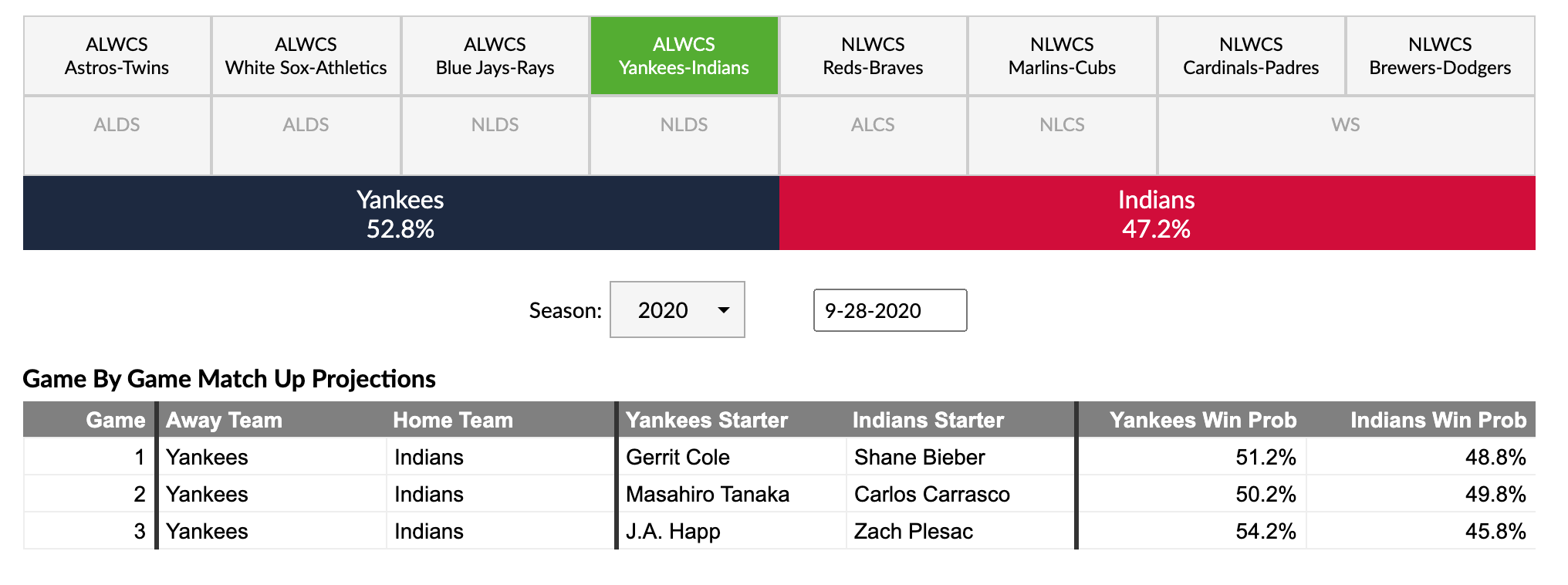Lucas Giolito Confounds the A’s
OAKLAND — As he stood in right field to warm up before the first playoff game of his career, Lucas Giolito looked nervous. One of his first throws off of flat ground went right over the bullpen catcher’s head and into the stands. A few throws later, he spiked one five feet short. He shrugged, bemused. There was no crowd around to heckle him, but who could blame him for feeling a little tight?
If that was a sign of anxiety, the first inning didn’t help matters. He started the game off with a ball low and in to Tommy La Stella, then reached three-ball counts against Robbie Grossman and Marcus Semien. He retired all three — most plate appearances end in an out, after all — but 14 pitches, seven of them balls, didn’t bode well for the White Sox ace going deep in the game.
Fortunately for Giolito, though, past performance isn’t a good indicator of future results. He came out for the second inning, now with a one-run lead, and put his foot on the gas — three up, three down, highlighted by a lovely changeup that turned Matt Olson from a professional hitter into a man fruitlessly attempting to swat a fly. It took another 14 pitches — a deep trip into the game looking less and less likely — but the jitters seemed gone.
This is a game recap, not a teen sports movie, but if it were the latter, this is where the montage would cut in. Giolito powered through the middle innings with increasing confidence, pouring in strikes and daring an overmatched Oakland team to do something about it. The A’s responded appropriately, swinging early and often, but they might as well have kept the bats on their shoulders. Mark Canha and Jake Lamb made good contact in the fifth inning, but both drives were hit in the general direction of Luis Robert, which is another way of saying they were both caught. No one else even troubled the defense. Read the rest of this entry »

 Dan Szymborski
Dan Szymborski

